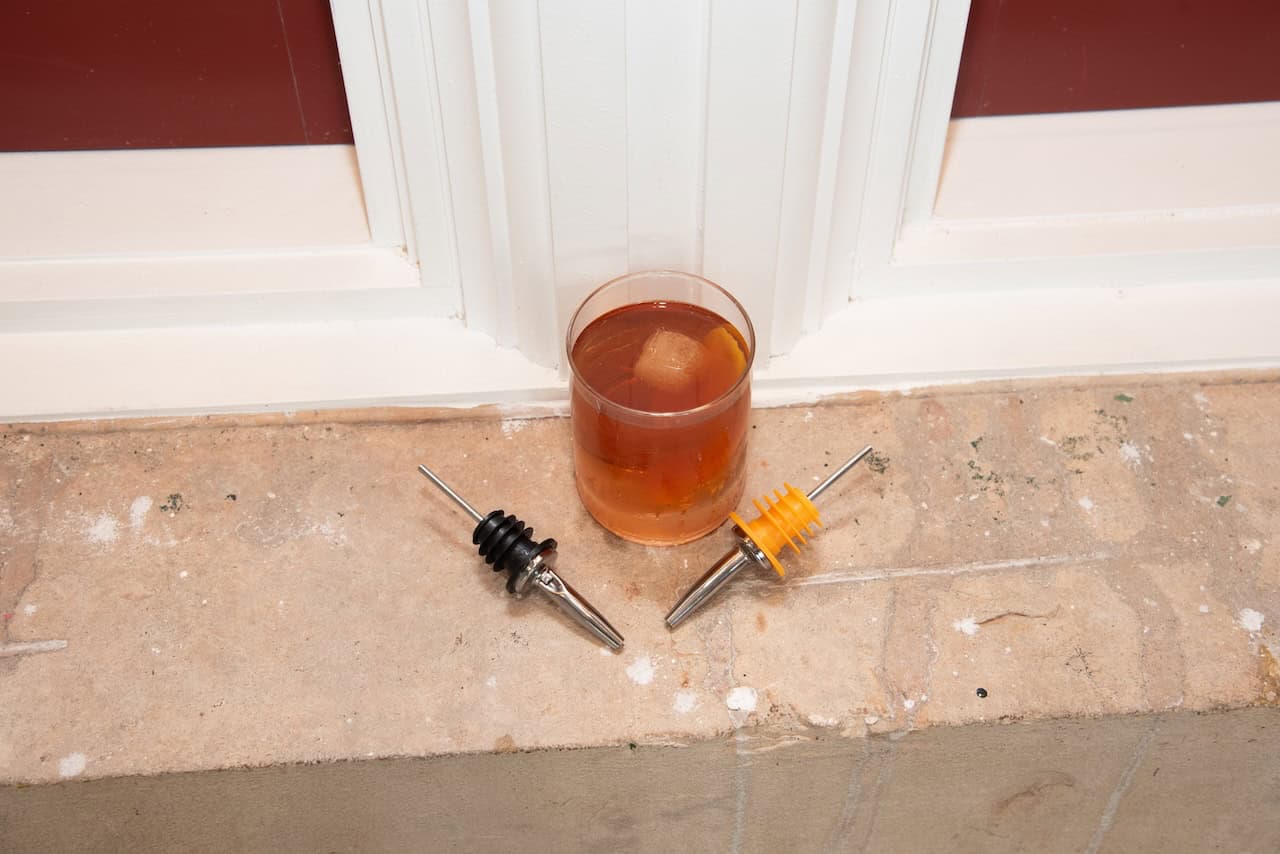The choice between measured and free-flow pourers represents one of the most fundamental decisions in bar operations, affecting everything from inventory control to bartender satisfaction. Each approach offers distinct advantages. The optimal choice depends on operational priorities, staff experience and business model.
Understanding these differences empowers operators to make informed decisions that align with their specific needs and goals.
Why Free Flow Pourers Are the Bartender’s Choice
Free-flow pourers allow bartenders to control pour speed and volume through technique and experience. Most professional bartenders prefer this approach for several reasons including:
- Technique development: Free pouring develops bartender skills and creates personal investment in accuracy. Experienced bartenders often achieve remarkable consistency through muscle memory and counting techniques.
- Service speed: Skilled bartenders can pour multiple spirits simultaneously or adjust pour rates based on urgency without mechanical constraints.
- Flexibility: Recipe variations, taste adjustments, and creative presentations become possible when bartenders control pour volume.
- Professional satisfaction: Many bartenders view accurate free pouring as a core professional skill, contributing to job satisfaction and career development.
- Flow characteristics: Quality free-flow pourers provide smooth, controlled streams that enable precise technique development.
Why Measured Pourers are Management’s Preference
Measured pourers mechanically control portion sizes, often dispensing 1/2, 3/4-, 1- or 1.5-oz. portions. This approach is appealing to operators because it prioritizes cost control and consistency. Five advantages include:
- Inventory control: Measured pourers eliminate overpour regardless of bartender experience level, impacting liquor costs and profitability.
- Staff consistency: Every bartender delivers identical portions, crucial for chain operations or locations with high staff turnover.
- Training simplification: New bartenders can produce consistent drinks immediately without developing pouring skills.
- Compliance: Some jurisdictions require measured pours for specific license types or service contexts.
- Cost predictability: Precise portion control enables accurate recipe costing and menu pricing.
The Financial Impact: Real Numbers
The cost implications of pourer choice extend beyond the initial purchase price. Consider these three scenarios:
- Overpour costs: A typical restaurant serving 200 cocktails daily with 0.25-oz. average overpour loses approximately $8,000 to $12,000 annually on premium spirits alone. This calculation assumes average spirit costs of $1.50 to $2.00 per ounce.
- Staff training: Measured pourers reduce training time for new bartenders by 15 to 20 hours, saving $200 to $300 per employee at typical wages.
- Inventory variance: Bars using measured pourers typically experience 2 to 5% inventory variance, while free-pour operations may see 8 to 15% variance without proper training and monitoring.
Quality and Performance Considerations
Not all pourers perform equally. Professional-grade pourers, whether it’s measured or free-flow, share common characteristics such as:
- Materials engineering: Quality free-flow pourers use tapered metal construction with smooth internal surfaces that promote consistent flow patterns. Chrome-tapered pourers have plating that prevents corrosion even under heavy use and reduce overpour risk by providing a consistent pour.
- Flow dynamics: Proper air intake design prevents gurgling, splashing or irregular streams that compromise accuracy and presentation.
- Durability: Professional pourers withstand thousands of uses without degradation in performance. Cheaper alternatives often develop leaks or flow irregularities within months.
- Compatibility: Quality pourers fit on standard bottle types and maintain seals under normal handling.
Finding Middle Ground with Hybrid Approaches
A hybrid approach is often used in successful operations and they use strategic combinations such as:
- Tiered systems: Premium spirits get measured pourers for cost control, while well spirits use free-flow pourers to maintain service speed.
- Shift-based decisions: Experienced bartenders use free-flow during slow periods, switching to measured during busy shifts or when training new staff.
- Category selection: Measured pourers for spirits, free-flow for liqueurs, cordials and lower-cost ingredients.
Five Factors For Choosing the Right Pourer
Consider these five factors when selecting pourer types:
- Staff experience level: Establishments with experienced, stable bartending teams may benefit from free-flow pourers that leverage skill development.
- Volume and pace: High-volume operations often benefit from measured pourers that maintain consistency during rush periods.
- Inventory management capabilities: Operations with robust inventory tracking systems may use free-flow pourers with proper monitoring.
- Training resources: Consider the restaurant’s ability to train and monitor staff in accurate free-pouring techniques.
- Profit margins: High-cost spirits justify measured pourers, while lower-margin operations might prioritize service speed.
Four Pourer Implementation Best Practices
Regardless of the choice, successful implementation requires:
- Baseline measurement: Document current pour accuracy and inventory variance
- Staff training: Ensure proper technique with selected pourer type
- Monitoring systems: Track performance through inventory audits and sales analysis
- Quality equipment: Invest in professional-grade pourers that maintain performance over time.
The measured vs. free-flow decision isn’t about right or wrong. It’s more about matching the pourer strategy to operational goals, staff capabilities and customer expectations.
A large national restaurant chain in a cost-savings initiative switched away from using premium free-flow pourers to test a combination of budget free-flow and measured pourers. Within months, lost revenue justified a re-examination of the division, and it was found that a premium free-flow pourer, like U.S.-made pourers, are often more reliable than even cheaply made measured pourers, let alone budget free-flow pourers that often vary in quality unit to unit.
In this case, the decision was made to switch back to the premium free-flow unit. Every bar and situation is different, but it’s important to always weigh the value of consistency and predictability in your bartender’s pours.

